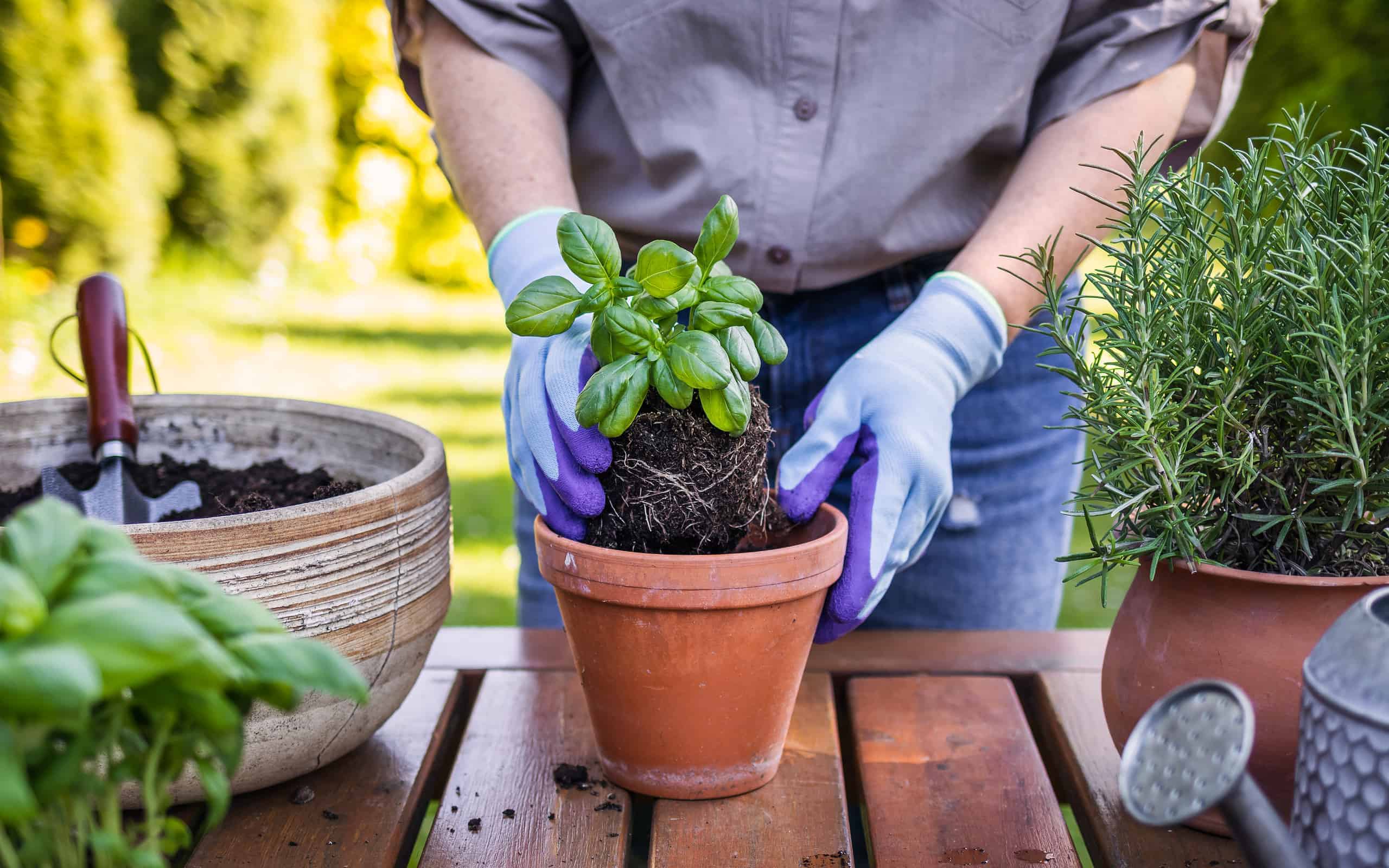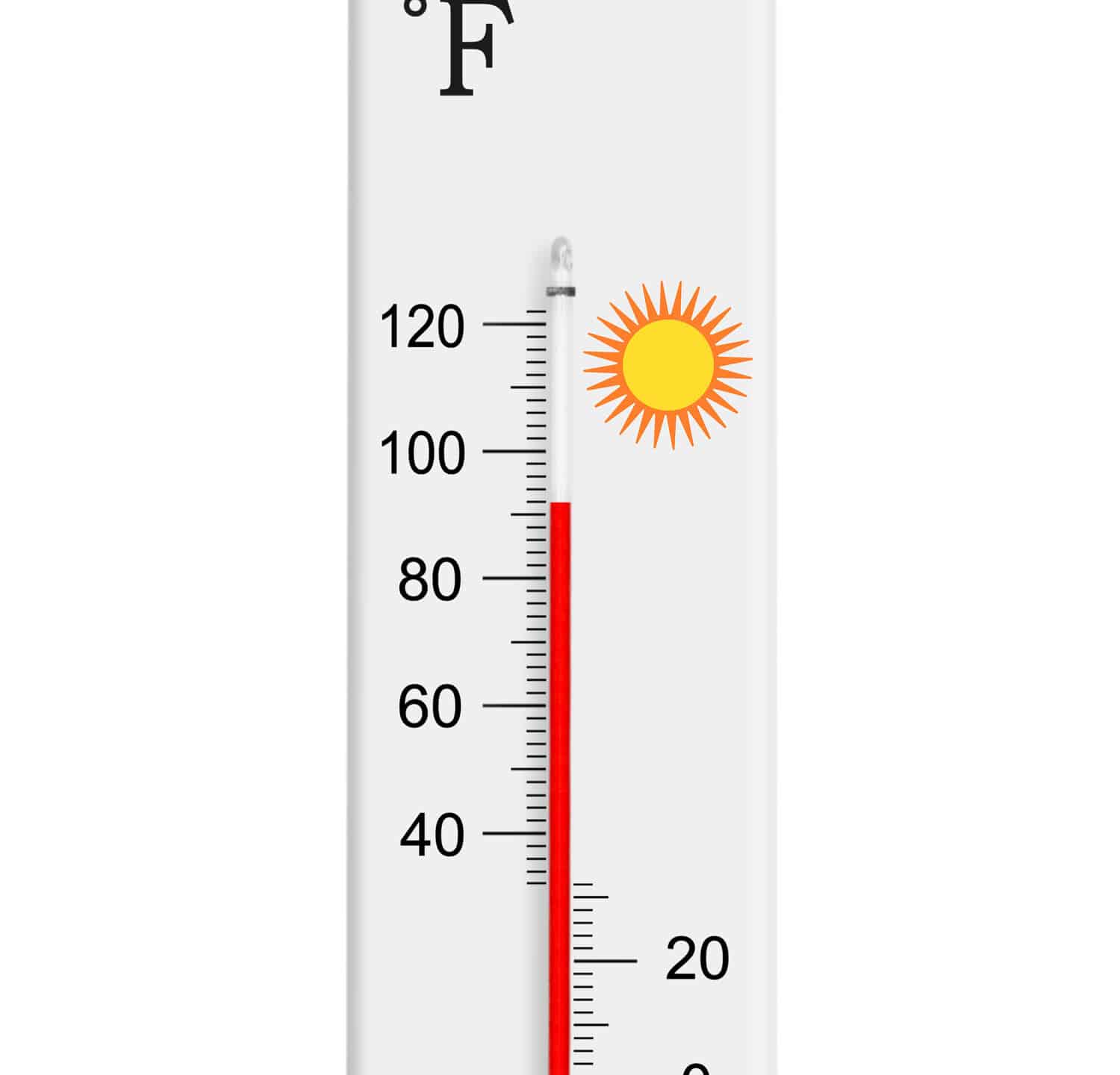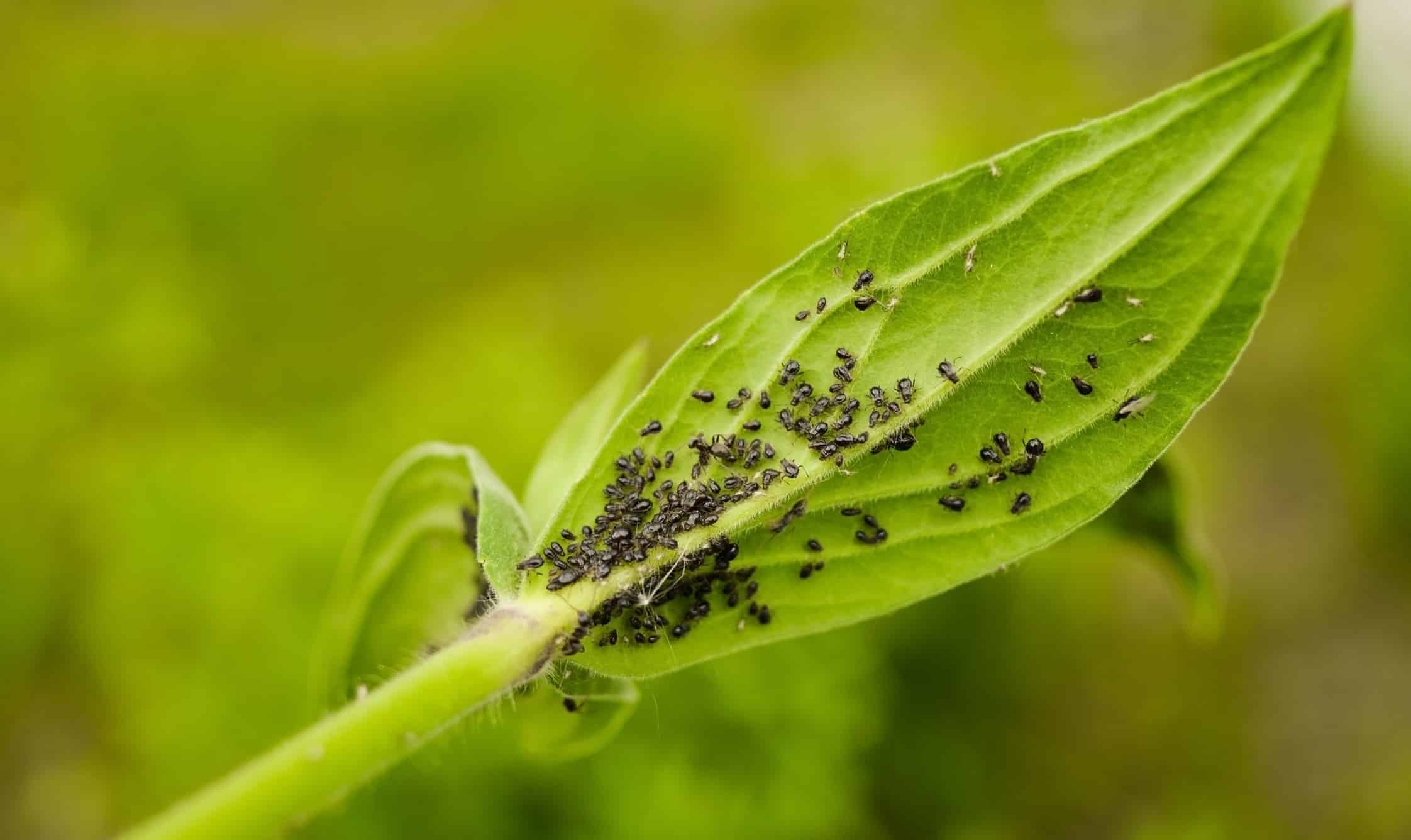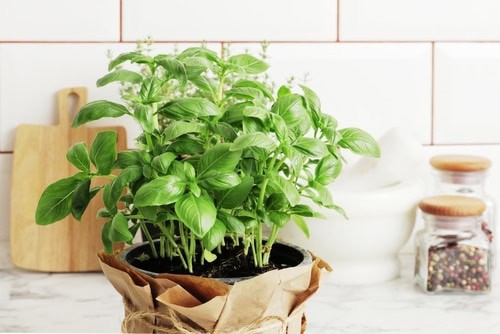This delicious herb is used in many cuisines around the world. Basil has a slightly spicy, sweet flavor and is used in savory dishes such as soups, pasta sauces, and salads. It also pairs well with dessert dishes like strawberry ice cream, vanilla roasted peaches, and hot fudge brownies. Furthermore, it is also a common ingredient used in traditional medicine. Basil is absolutely delicious, and it’s super easy to grow. These plants can reach heights of between 30 and 150 centimeters, depending on the species, and can be grown indoors or outdoors. Let’s dig into the foolproof way to easily grow basil.
Why Should You Grow Basil?

©Zbynek Pospisil/ via Getty Images
This indoor-outdoor plant can handle different temperatures and weather conditions and can easily be grown in a pot placed in a sunny spot on your kitchen window pane. There’s nothing quite like picking your own homegrown fresh basil and enjoying it in your meal. It tastes amazing and has a distinct aroma. You can use it to garnish your dishes, dried or fresh, and even make a toothsome pesto. Furthermore, there are amazing health benefits to growing and eating basil. Basil is filled with antioxidants that fight free radicals. Anti-inflammatory properties to reduce inflammation. It also reduces blood sugar levels and prevents heart disease. In addition, fresh basil is filled with nutrients such as potassium, calcium, magnesium, iron, zinc, and vitamins A and K.
The Foolproof Way to Grow Basil

©GSDesign/Shutterstock.com
Basil has a lovely fragrance that can be smelled in your garden when grown outside and around your home when grown indoors. Apart from its versatility in the kitchen and health benefits, it’s no wonder that this herb is so popular. Although basil can handle various temperatures, it does grow best in warmer weather and prefers sunlight. Let’s take a look at the foolproof way to grow basil and what’s needed for your basil plant to thrive.
1. Preparing the Soil

©Kristine Rad/Shutterstock.com
Basil is an annual herb that thrives best in warmer conditions. Prepare the soil and plant the seeds in the last 2 weeks after the last frost in spring. Keep in mind that basil needs 6-7 hours per day of sunlight. So take a good look around to see where you are going to plant. Basil is sensitive to frost, so you ensure that you have adequate covering to protect during frosty weather conditions. It thrives in well-draining, rich soil. If the soil is dry to the touch, moisten it but don’t drench it; this can cause root rot. If you are planting in a pot, make sure the pot is big enough for it to grow.
2. Planting

©encierro/Shutterstock.com
Allow at least 18 inches of space between the plants since they don’t like being overcrowded and require enough space for growth and airflow. If you want to keep the soil moist and lengthen the watering time, it would be a good idea to place mulch around your plants.
3. Sunlight

©artifex.orlova/Shutterstock.com
You know your basil will flourish when it gets 6-8 hours of sunlight per day. If you plant them in a container, put them on a window ledge or on the patio in the sunshine. Additionally, if you live in a relatively hot area, consider partial shade. If your basil plant begins to look droopy, then you know to give it a little more water and possible shade.
4. Water

©encierro/Shutterstock.com
Basil is a water-loving herb! While they prefer well-draining soil, the roots shouldn’t sit in water to prevent root rot; they should get watered often. Once a week, water the soil deeply and keep it from drying out. If the topsoil feels dry to the touch, then water lightly.
5. Temperature

©Tomas Ragina/Shutterstock.com
As I have noted, basil loves the heat and sun; however, it doesn’t like frost. Having said that, make sure that nighttime temperatures don’t drop below 50 degrees Fahrenheit and 70 degrees Fahrenheit during the day.
6. Harvesting Time

©Ryan Paszek/Shutterstock.com
To encourage new growth, harvest your basil regularly. Pruning allows it to grow bushier. When it reaches approximately 6 inches, you can begin harvesting once per month. This also allows you to teach your children when the right time for harvesting is. This way, they can also appreciate eating food that has been grown in the family garden. To harvest basil, simply pinch the stem where a set of leaves are growing off. There, you will find two more stems growing in their place, doubling the harvest next time. Basil can bloom throughout the growing season until it begins to frost. However, if you want a big, bushy herb, pick off the flowers to ensure the plant retains its flavor.
Plant Pests

©iStock.com/Irina Starikova
The most common pests attracted to basil are aphids. These tiny insects live on the undersides of the leaves and stems. They also leave a sticky substance on the plant, referred to as honeydew, and suck out the sap. As a result, this attracts ants, which causes further damage to the plant and also affects the rooting system, where ants then nest, ruining the basil completely and ultimately affecting your soil and plants within the same bed area.
Cutworms and flea beetles are insects that feed off young basil plants and cause irreparable damage to the plant. Neem spray or insecticidal soap are effective solutions to keeping bugs at bay.
Finally, slugs can also be a nuisance when it comes to attacking your basil plants and any other herbs and plants you are growing. These little critters come out late at night and will attempt to eat the foliage, leaving the veins and stems behind. To prevent slugs and snails, place crushed eggshells around the stems of your plants; the sharp edges make it difficult for them to attack the plant. Remember, they can’t fly. A bonus is that crushed egg shells provide calcium, which enriches the soil.
The image featured at the top of this post is ©PandaStudio/Shutterstock.com.
